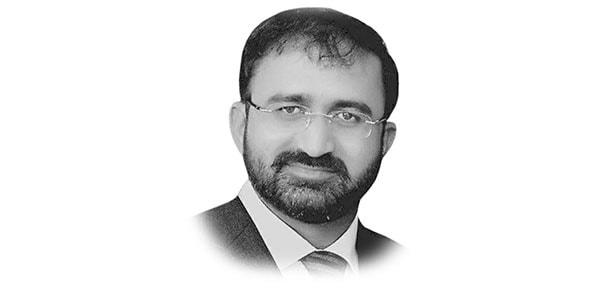Causes of public violence & strategy for prevention
VIOLENCE has probably always been part of the human experience.Its impact can be seen, in various forms, in all parts of the world.
Each year, more than a million people lose their life and many more suffer non-fatal injuries, as a result of self-inflicted, interpersonal or collective violence.
Overall, violence is among the leading causes of death worldwide for people aged 15–44 years.
The human cost in grief and pain, of course, cannot be calculated.In fact, much of it is almost invisible.While satellite technology has made certain types of violence – terrorism, wars, riots and civil unrest – visible to television audience on a daily basis, much more violence occurs out of sight in homes, workplaces and even in the medical and social institutions set up to care for the people.
Many of the victims are too young, weak or ill to protect themselves.Others are forced by social conventions or pressures to keep silent about their experience.
As with its impacts, some causes of violence are easy to see.Others are deeply rooted in the social, cultural and economic fabric of human life.
Recent research suggests that while religious and other individual factors explain some of the predisposition to aggression, more often these factors interact with family, community, cultural and other external factors to create a situation where violence is likely to occur.
Any comprehensive analysis of violence should begin by defining the various forms of violence in such a way as to facilitate their scientific measurement.
There are many possible ways to define violence.The World Health Organization defines violence as: The intentional use of physical force or power, threatened or actual, against oneself, another person, or against a group or community that either results in or has a high likelihood of resulting in injury, death, psychological harm, mal-development or deprivation.
The definition used by the World Health Organization associates intentionality with the committing of the act itself, irrespective of the outcome it produces.
Excluded from the definition are unintentional incidents – such as most road traffic injuries and burns.
Collective violence is subdivided into social, political, religious and economic violence.
Unlike the other two broad categories, the subcategories of collective violence suggest possible motives for violence committed by larger groups of individuals or by states.
Collective violence that is committed to advancing a particular social agenda includes, for example, crimes of hate committed by organized groups, terrorist acts and mob violence.
Political violence includes war and related violent conflicts, state violence and similar acts carried out by larger groups.
Economic violence includes attacks by larger groups motivated by economic gain – such as attacks carried out with the purpose of disrupting economic activity, denying access to essential services, or creating economic division and fragmentation.
Clearly, acts committed by larger groups can have multiple motives.
No single factor explains why some individuals behave violently toward others or why violence is more prevalent in some communities than in others.
Violence is the result of the complex interplay of individual, relationship, social, cultural and environmental factors.
Understanding how these factors are related to violence is one of the important steps in the public health approach to preventing violence.
In various parts of the world, cultural specificity and tradition are sometimes given as justifications for particular social practices that perpetuate violence.
The oppression of women is one of the most widely quoted examples, but many others can also be given.
Cultural norms must be dealt with sensitively and respectfully in all prevention efforts – sensitively because of people’s often passionate attachment to their traditions, and respectfully because culture is often a source of protection against violence.
Experience has shown that it is important to conduct early and ongoing consultations with religious and traditional leaders, lay groups and prominent figures in the community, such as traditional healers, when designing and implementing programs.
Long-term success in the prevention of violence will increasingly depend on a comprehensive approach at all levels.
At the local level, partners may include health care providers, police, educators, social workers, employers and government officials.
Much can be done here to promote violence prevention.
Small-scale pilot programmes and research projects can provide a means for ideas to be tried out and – perhaps as important – for a range of partners to become used to working together.
Structures such as working groups or commissions that draw together the different sectors and maintain both formal and informal contacts are essential for the success of this type of collaboration.
Multi-sector partnerships are highly desirable at the national level as much as at the local level.
A variety of government ministries — and not only those concerned with law enforcement, social services and health – have important contribution to make in preventing violence.
Education ministries are obvious partners, given the importance of intervening in schools.Ministries of labour can do much to reduce violence in the workplace, especially in collaboration with trade unions and employers.
Defence ministries can positively shape the attitudes towards violence of large numbers of young men under their control by encouraging discipline, promoting codes of honour and impressing a strong awareness of the lethalness of weapons.
Religious leaders and organizations have a role to play in their pastoral work and, in appropriate cases, by offering their good offices to mediate in specific problems.
Violence can no longer remain the preserve of national politics, but must be vigorously addressed also on the global level — through groupings of states, international agencies and international networks of governmental and nongovernmental organizations.
Such international efforts must aim to harness the positive aspects of globalization for the greater good, while striving to limit the negative aspects.
—The writer is PhD in Islamic Studies, author and academic writer & lecturer at NUML, Islamabad.










